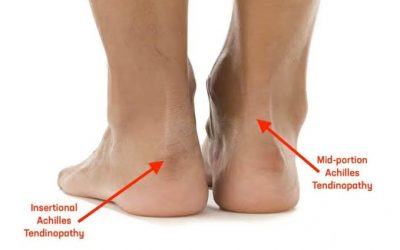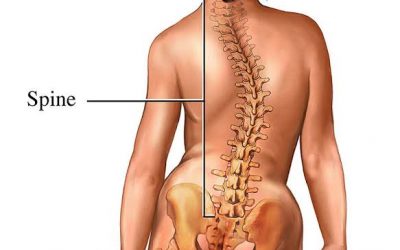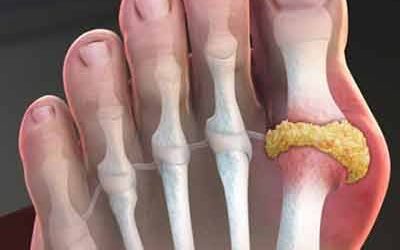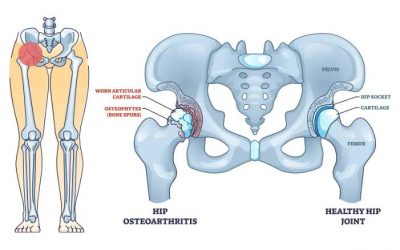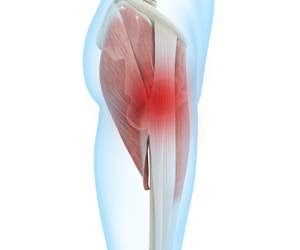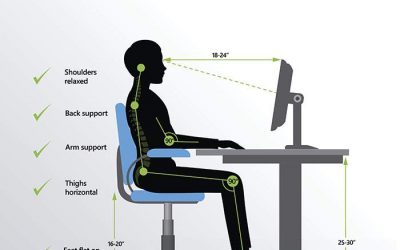Sitting with crossed legs could be bad for you!
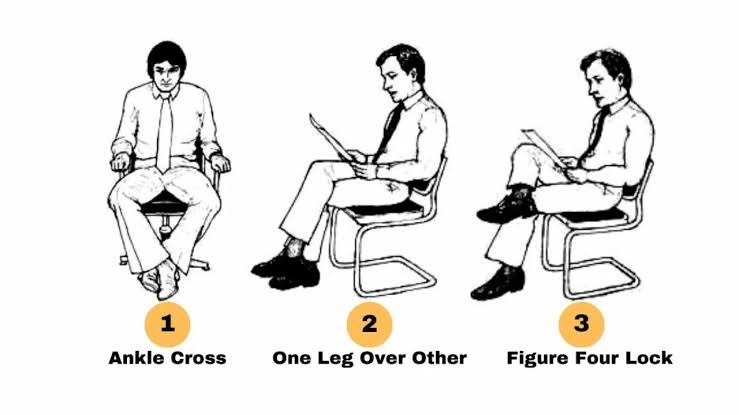

Many people have the habit of crossing their legs when sitting. Many people also think that it is a posture that shows politeness and elegance. But according to experts, sitting cross-legged for too long or making it a habit for a long time actually has many harmful effects on health.
So why is crossing your legs bad for you — and is it really all that bad? Consider this:
When you sit for extended periods, you may notice that your feet, legs, or buttocks begin to tingle and sometimes may become completely numb. This occurs because of constricted blood flow to these areas of the body. Sitting with crossed legs or crossed ankles can make it even harder for your blood to keep flowing. These positions can strain your circulatory system and damage your veins.
The good news is that crossing your legs or ankles is simply a bad habit and behavior can be changed relatively easily. For instance, if you work in a job that requires long periods of sitting, you may need to take frequent breaks to move around. If you cannot leave your desk, you can try stretching or massaging your legs in place. These actions can help get your blood flowing properly again.
What happens to the body when sitting cross-legged?
1.it is bad for the musculoskeletal system
The longer and more often you sit cross-legged, the more likely it is that you’ll have long-term changes in the muscle lengths and bone arrangements in your pelvis. And due to the way your skeleton is linked together, leg crossing can also cause misalignment of the spine and shoulders.
Your head position can potentially become out of alignment due to changes in the bones of the neck, as the spine compensates to keep your centre of gravity above the pelvis.
Your neck can also be affected due to one side of the body being weaker than the other. The same imbalance can be seen in the muscles of the pelvis and lower back as a result of poor posture and stresses and strains caused by sitting cross-legged.
The pelvis may also become misaligned due to the prolonged stretching of the gluteal (bum) muscles on one side, meaning that they become weaker.
Sitting with the legs crossed for a long time increases the likelihood of scoliosis (abnormal alignment of the spine) and other deformities. It can also cause greater trocgabteric pain syndrome, a common and painful condition that affects the outer side of the hip and thigh.
2.it is bad for the veins.
When crossing the legs, ie one leg presses on the other, the blood vessels at the contact site will be pinched, leaving no room for blood circulation, thus easily leading to blockage or increased pressure pushing blood to the heart. Normally, small valves in blood vessels help prevent blood from flowing in the wrong direction, but if these valves are weakened, blood can pool, forming large veins known as varicose veins. Sitting cross-legged makes the symptoms of people who already have this disease worse.
Varicose veins not only cause unsightly because of creating tangled marks on the skin surface of the thighs and shins but also affect the blood circulation of the whole body.
3. it is bad for blood pressrue.
When you get your blood pressure tested, you’re usually asked to place both feet on the ground. This is because crossing one of your legs over the other can cause a temporary spike in blood pressure.
crossing your legs can raise your blood pressure, they only showed a temporary increase. However, if you already have high blood pressure, try to avoid spending long periods of time with your legs crossed just to be safe.
Sitting with your legs crossed won’t cause a medical emergency. However, it can cause a temporary increase in your blood pressure and lead to poor posture. For optimum health, try to avoid sitting in any one position, whether you cross your legs or not, for long periods of time.
